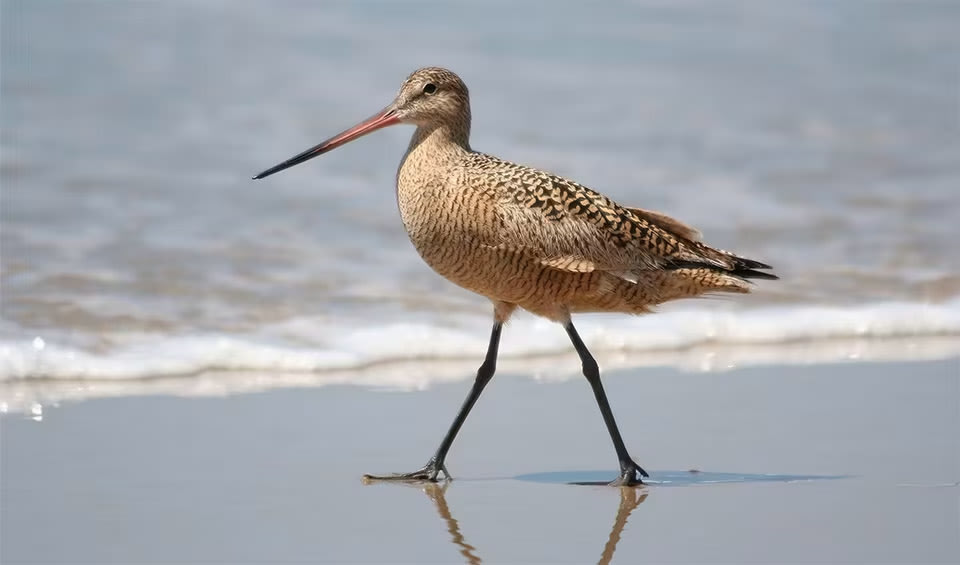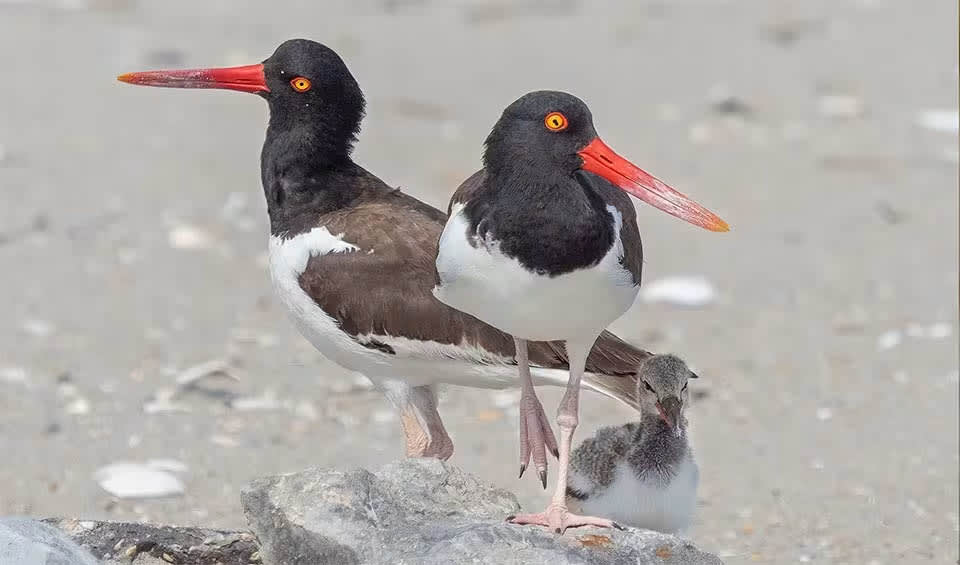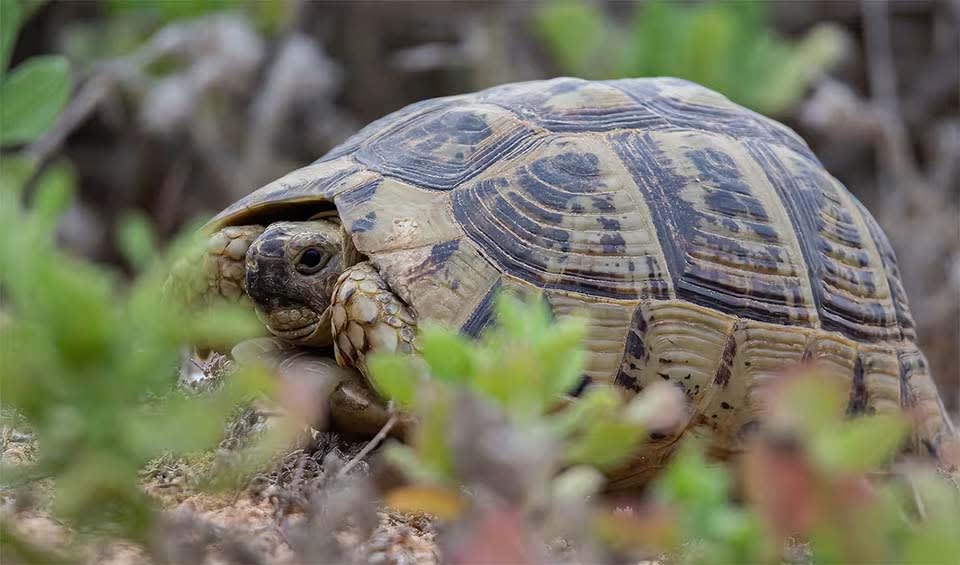Bulgaria’s diverse landscape, spanning alpine, coastal, and continental terrains, nurtures a rich tapestry of biodiversity, characterized by 977 habitat types, 96 of which are unique to the nation. The abundance of species and habitats across these regions is shaped by a variety of factors, including distinct topographical features, geological formations, micro-climates, and human influences.
With its expansive mountain ranges, coastal stretches along the Black Sea, and numerous cultural landmarks, Bulgaria presents ample opportunities for eco-tourism, poised to bolster the national economy significantly. Moreover, the country benefits from its forests, which not only provide wood but also yield a plethora of non-wood resources like wild mushrooms, herbs, and berries, integral to traditional livelihoods and socioeconomic well-being at the local level and beyond.
Four pillars elaborated:
Bulgaria boasts an extensive array of protected areas, including national parks, nature parks, nature reserves, and Natura 2000 sites, which collectively safeguard a diverse range of ecosystems. From majestic mountains and unspoiled forests to wetlands and coastal areas, these protected zones showcase Bulgaria’s natural splendor. Among the country’s notable national parks are Rila, Pirin, and Central Balkan, each offering awe-inspiring landscapes and abundant wildlife. Rila National Park, the largest of the three, features the iconic Musala Peak and the Seven Rila Lakes. Pirin National Park, recognized as a UNESCO World Heritage Site, is celebrated for its glacial lakes and alpine meadows. Central Balkan National Park, established in 1991, preserves a vast expanse of pristine wilderness characterized by ancient woodlands and diverse flora and fauna. Land Management
Land Management
Additionally, Bulgaria’s 11 nature parks and 55 nature reserves provide vital habitats for endangered species and unique ecosystems. For instance, the wetlands along the Danube River serve as critical stopover sites for migratory birds, while the Belasitsa Nature Park, situated on the Greek border, is home to a variety of wildlife, including brown bears, wolves, and more than 200 bird species.
Bulgaria’s abundant biodiversity faces a myriad of threats stemming from both human activities and natural occurrences within ecosystems. On land, anthropogenic pressures such as construction projects, resource extraction, and agricultural practices pose significant risks alongside issues like illegal logging, pollution, and the introduction of invasive species, exacerbated by the effects of climate change. Meanwhile, marine ecosystems confront challenges like coastal development, unsustainable fishing practices, and industrial pollution. Amidst this, Bulgaria’s remarkable biodiversity comprises 112 species listed on international registers as endangered taxa, highlighting the urgent need for conservation efforts. Threats to Biodiversity
Threats to Biodiversity
Bulgaria has established a robust system of environmental legislation, firmly anchored in its constitution, with the Biodiversity Conservation Act safeguarding plant and animal species. As a member of the European Union, Bulgaria has aligned its legislation with international agreements and EU directives, including the Cartagena Protocol for monitoring Genetically Modified Organisms. Funding for biodiversity initiatives is available through government and EU allocations, with subsidies under the Common Agricultural Policy supporting measures for biodiversity protection. Capacity and Governance
Capacity and Governance
The development of the NATURA 2000 Ecological Network is promoted by EU environmental regulations. Improved inter-institutional communication and coordination, led by the Ministry of Environment and Water, have enhanced biodiversity protection efforts, with growing involvement from civil society contributing to the mainstreaming of biodiversity considerations into strategies and sectoral policies.
Bulgaria has developed a number of plans to protect and enhance its biodiversity for the future. One such plan is the National Biodiversity Strategy and Action Plan, which aims to promote sustainable use of natural resources, protect species and habitats, and improve public awareness of biodiversity issues. The plan identifies key areas of focus, such as conservation of priority species and habitats, sustainable use of forests and other ecosystems, and reducing the impact of climate change on biodiversity. Additionally, Bulgaria is working to implement the EU Biodiversity Strategy for 2030, which sets ambitious targets for the protection and restoration of ecosystems and species across Europe. These plans demonstrate Bulgaria’s commitment to preserving its unique and valuable biodiversity for generations to come. Future Trends
Future Trends
Biodiversity
Bulgaria is renowned for its diverse array of habitat types, boasting 96 that are exclusive to the country, each playing a vital role in nurturing a rich biodiversity teeming with unique plant and animal species. Among these habitats is the Strandzha Nature Park in southeastern Bulgaria, characterized by ancient forests, pristine rivers, and coastal wetlands, providing sanctuary to rare and endangered species like the European ground squirrel and European tree frog.Further inland, the Rila National Park, situated in the central region, harbors the majestic Rila Lakes and Mount Musala, the highest peak in the Balkans. This UNESCO World Heritage site hosts a plethora of ecosystems supporting diverse flora and fauna, including the Balkan chamois and Balkan lynx. Southwestward lies the Belasitsa Nature Park, celebrated for its lush beech and fir forests nestled within the scenic Belasitsa Mountain Range. Home to over 1,000 plant species, including rare orchids, and serving as a habitat for various bird species such as the globally threatened lesser spotted eagle, the park stands as a testament to Bulgaria’s remarkable natural heritage.
In the table below are the number of known species in several main groups, how many of these species are Threatened with extinction, and how many of them are Endemic (unique to Bulgaria only):
| Species (World rank) |
Threatened | % Threatened | Endemic | % Endemic | |
|---|---|---|---|---|---|
| Mammals | 98 (#113) | 8 | 8.2% | 1 | 1.0% |
| Birds | 337 (#107) | 18 | 5.3% | ||
| Reptiles | 41 (#126) | 2 | 4.9% | ||
| Amphibians | 21 (#96) | ||||
| Fishes | 221 (#161) | 19 | 8.6% | 1 | 0.5% |
| Plants | 2,049 (#148) | 4 | 0.2% | 170 | 8.3% |
mammals
Brown bear
The second largest bear, right after the polar bear. Sadly, it well might top the list soon
Eurasian beaver
The furry flat-tailed mammal that builds its own aquatic empire
European free-tailed bat
Their muzzle has wrinkled lips, which makes them look like a dog’s face, and is commonly called a bulldog bat
birds
Eurasian Griffon
Most social vultures with 12 distinct types of vocalization
Black-tailed godwit
The most elegant of all godwit species
Eurasian oystercatcher
The masters of catching oysters, clams, and cockles
reptiles
Red whip snake
Its vibrant red scales glisten under the sun’s embrace, capturing the attention of all who encounter its mesmerizing presence
Greek tortoise
The mosaic-shelled marvel of the Mediterranean
Viviparous lizard
One of the few reptiles that can not only lay eggs but also give birth to live young
amphibians
Common frog
It is one of the most widespread and familiar amphibians in Europe
Smooth newt
They have the ability to regenerate lost limbs and other body parts, a superpower in the animal kingdom!
European tree frog
Symbol of environmental health as they are sensitive to changes in environmental conditions, particularly pollution levels
National Animals
Lion
Tufted-tailed Simba in the plight
Levant sparrowhawk
Often chasing each other in the air or amusing themselves by catching and dropping objects like sticks or leaves


















